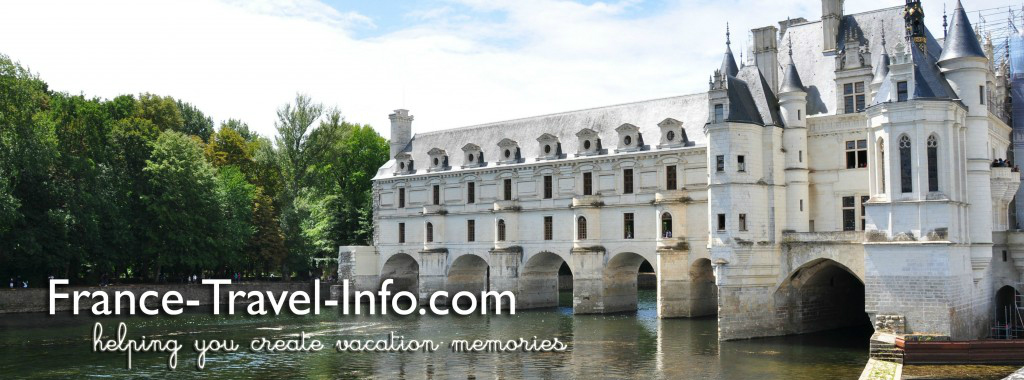Medieval or Modern – What you see is not what you think
Medieval or modern, I thought I could tell the difference! What do you think of when someone says medieval? I immediately think of massive doors with heavy iron parts such as knobs, knockers, and hinges set in stone walls that often have a lintel with majestic carvings. So exactly what period in time is defined as medieval? Medieval refers to the Middle Ages and that period, according to Merriam-Webster’s dictionary is the time period in European history between 500 and 1500 AD. Wow – a period of 1000 years!
Medieval or Modern
What about this door? Medieval or Modern?

Yes, this door found in Angers France is definitely medieval. This is the Maison de Chaplain, Angers’ oldest timber frame house, built 1399-1400. Just for size reference, my husband who is in the photo is 6 feet tall!
What about this door?

Don’t let the lovely heavy wood doors with the iron work deceive you. Although bearing that “vintage look” this door is part of the Memorial de Marne. The memorial chapel was built after World War I to commemorate those who died. It will be 100 years old in 2021.
There are a plethora of architectural styles of doors /gates and door knockers in Europe. I am always drawn to their unique differences. This door in Meaux is definitely full of character but it’s not Medieval!

18th century gate, #14 rue de la Cordonnerie, Meaux
It’s hard to distinguish the age of the door in Meaux from this door in the Abbey of Tournus . Popular belief indicates that it dates from the 11th century. So it is definitely Medieval. (note- there are some who would date it from around 800)

Medieval or Modern- the “why” behind this post
Wow – so maybe you can see why I looked at this door in Paris at 3 rue des Ursins and thought medieval!

It wasn’t until I read about the door in this book (affiliate link) that I discovered its history. The author describes it as a “genuine fake”. Constructed in 1958 it is the youngest of the doors I’ve posted here. However, its parts are a patchwork of medieval pieces which lends to its feeling of authenticity. Even the windows with the stained glass and ogive lintels are part of this patchwork.
Unexpected and Planned Discoveries
I’ll not be deterred, though. Unexpected discoveries like this door on rue de l’Opera in Paris will still become a photo op and I will search out their history.

This door is post Haussmannian reconstruction period and is the entry to Paris Paris Discothèque. It still retains the little conical shaped fenders at the base designed to protect doors from carriage and coaches.
Planned discoveries are why I continue to return to Paris time after time to wander the streets in search of these little details. I particularly enjoy all the Art Nouveau architecture .

29 Avenue Rapp
I hope this inspires you to look for the little details when you travel, regardless of where it may be!


Leave a Reply